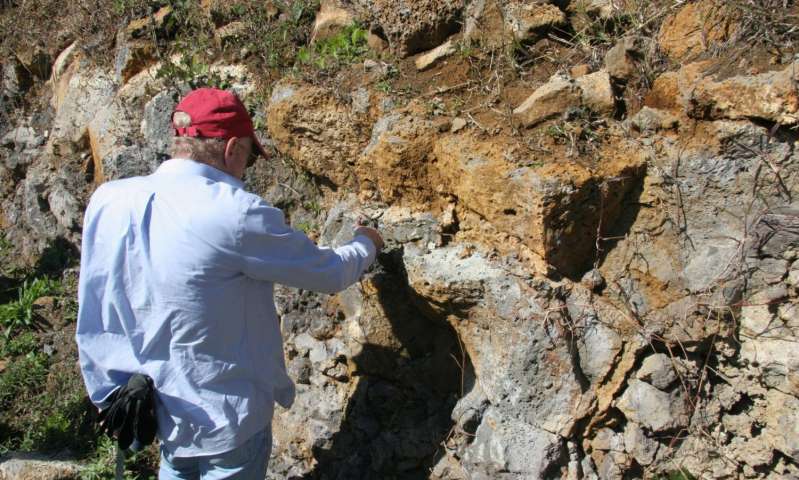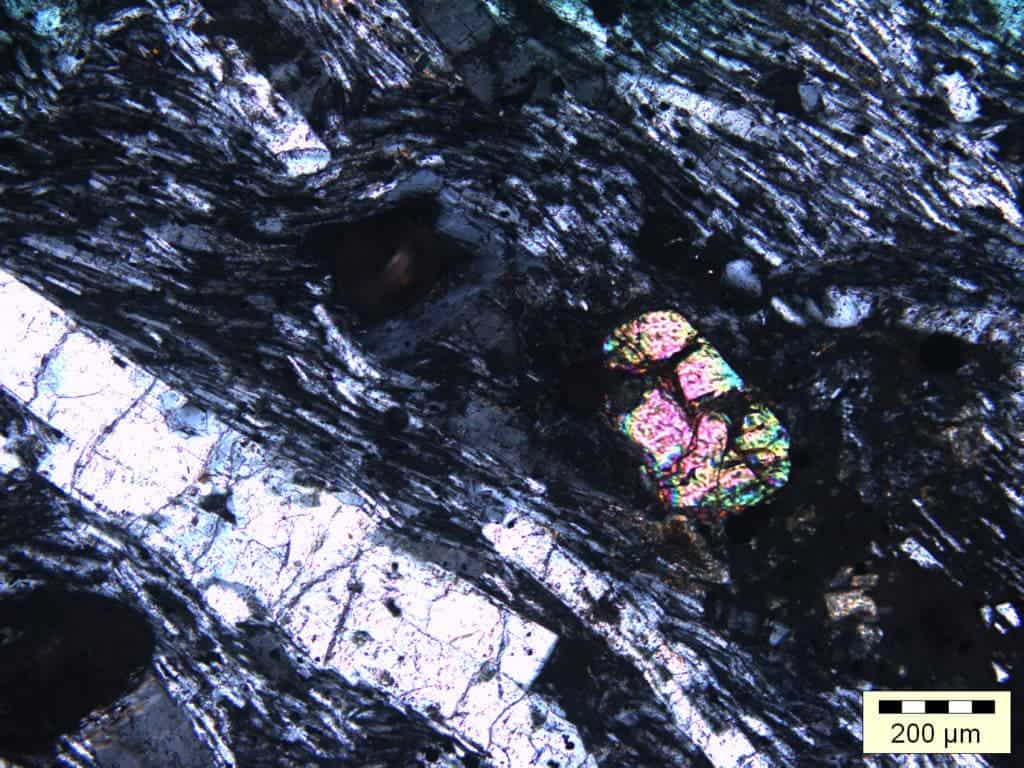Geologists have confirmed the existence of a “lost continent” off the island of Mauritius, but don’t get overly excited yet. It’s all geology, no mystic civilization.
The lost continent

Some 200 million years ago, the Supercontinent Gondwana contained today’s Antarctica, South America, Africa, Madagascar, and the Australian continent, as well as the Arabian Peninsula and the Indian Subcontinent. As it started to break apart, a teeny tiny bit of it was left behind. Studying a mineral called zircon, geologists have found some of this “lost continent”.
“Earth is made up of two parts – continents, which are old, and oceans, which are “young”. On the continents you find rocks that are over four billion years old, but you find nothing like that in the oceans, as this is where new rocks are formed,” explains Ashwal. “Mauritius is an island, and there is no rock older than 9 million years old on the island. However, by studying the rocks on the island, we have found zircons that are as old as 3 billion years.”
Researchers have found very old zircon on the island before, but it hadn’t been placed into a broader context. These zircons mostly occur in continental granites — so old rocks. They contain trace amounts of uranium, thorium, and lead, which enables scientists to date them accurately. We know that these rocks and minerals come from an ancient crust, but this crust was subsequently covered by young lava during volcanic eruptions, which prevented their discovery until now. Now, researchers believe they’ve figured out the source of these granites in an ancient continent — a piece that broke off from Gondwana. Most of the rocks didn’t make it through the geological process, but the tough zircons did.
“The fact that we have found zircons of this age proves that there are much older crustal materials under Mauritius that could only have originated from a continent,” says Ashwal.

Ashwal has now found several pieces of various sizes. He previously discovered several small zircons in the beach sand, but his study then was criticized with some geologists arguing that the minerals may have been brought there by wind.
“The fact that we found the ancient zircons in rock (6-million-year-old trachyte), corroborates the previous study and refutes any suggestion of wind-blown, wave-transported or pumice-rafted zircons for explaining the earlier results,” says Ashwal.
This information could help geologists reconstruct the Earth’s tectonic past, like a 3D jigsaw puzzle that shifts in time.
“We are studying the break-up process of the continents, in order to understand the geological history of the planet,” says Wits geologist, Professor Lewis Ashwal, lead author on the paper
The article, “Archaean zircons in Miocene oceanic hotspot rocks establish ancient continental crust beneath Mauritius”, has been published in the prestigious journal Nature Communications.


